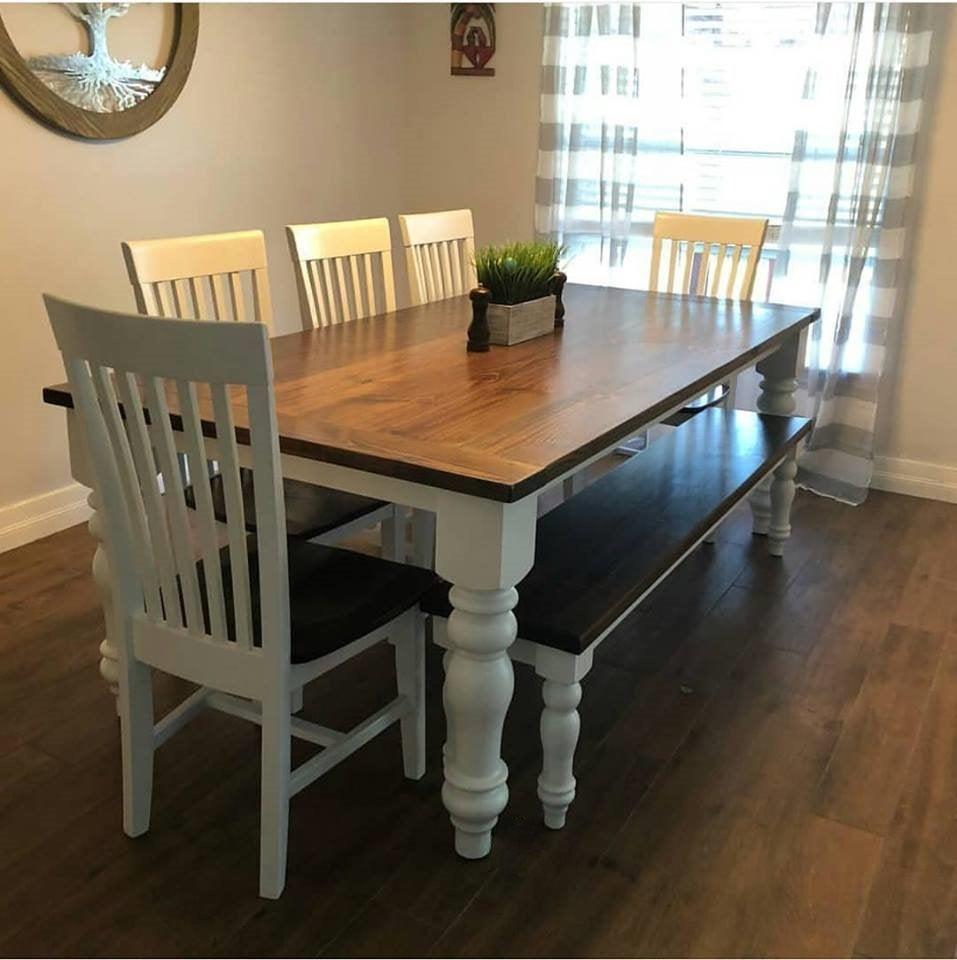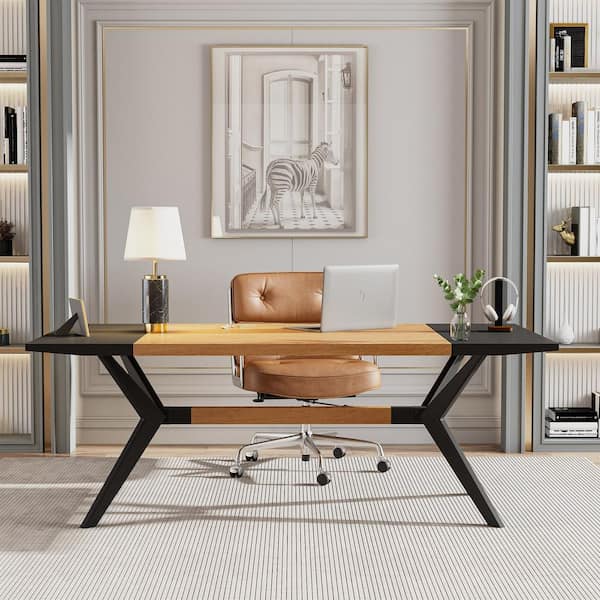Leading Patterns in Dining Room Table Legs to Elevate Your Eating Space
Wiki Article
Selecting the Perfect Dining Table: What Styles Work Best for Your Home?
Selecting the excellent dining table for your home can be a nuanced process that balances aesthetic appeals and functionality. Whether your room leans towards standard style, modern minimalism, rustic charm, or industrial chic, the range of styles available can deal with diverse tastes. Each style uses distinct benefits and obstacles that can either improve or disrupt your eating area's harmony. Recognizing how various materials, shapes, and dimensions interact with your existing decor is vital. To navigate these options effectively and discover a table that absolutely matches your home, think about the adhering to aspects carefully.Evaluating Your Room
Reviewing the dimensions and format of your eating area is an important first step in choosing the ideal table. Begin by determining the length and width of the space, representing entrances, windows, and other building functions that can affect table positioning. This makes certain that your table not just fits however additionally enables comfy motion around it.Take into consideration the variety of people you normally entertain. A table should suit your house's daily demands while providing enough flexibility for periodic guests. As a rule of thumb, designate at the very least 24 inches of table size per individual to make sure a comfortable eating experience.
It's likewise vital to keep appropriate clearance around the table. Preferably, there need to go to the very least 36 inches between the table side and wall surfaces or various other furniture, making it possible for simple accessibility and movement. For rooms where chairs with arms or additional storage systems like buffets are involved, raising this clearance to 48 inches is suggested.
Illumination and environment play considerable duties. Ensure that your table aligns with existing lighting components or prepare for sufficient lights remedies. This extensive spatial assessment warranties that your eating table not only fits literally but likewise harmonizes with your space's general performance and visual.
Popular Table Styles

Traditional eating tables typically feature elaborate details, bent legs, and abundant timber surfaces, evoking a sense of timeless elegance. They are excellent for homes with traditional decoration or those wanting to add a touch of elegance to their dining location.
Modern dining tables focus on simplicity and clean lines, commonly integrating materials like glass and steel. These tables are suitable for contemporary spaces, providing a streamlined and clean appearance that complements minimalist style approaches.
Rustic eating tables, on the various other hand, stress all-natural products and a handmade appearance - dining room table legs. They often feature reclaimed timber and a distressed coating, producing a cozy and welcoming atmosphere. These tables function well in farmhouse-style homes or those looking for a comfy, natural feeling
Industrial dining tables incorporate basic materials such as metal and timber, commonly showcasing an utilitarian aesthetic. This design is fit for lofts or urban rooms, including a touch of rugged charm and resilience to the dining experience.
Each design uses distinctive benefits, making it important to select one that aligns with your home's general style and your personal preferences.
Material Selections
When picking a table, the option of product plays a crucial function in figuring out both the table's aesthetics and functionality. Wood, steel, glass, and composite products each deal one-of-a-kind advantages and difficulties, making it imperative to straighten the material with your home's decor and lifestyle demands.Wood is a classic and flexible alternative, readily available in varieties such as oak, walnut, and mahogany. Recognized for its toughness and warmth, timber enhances both traditional and contemporary interiors. It requires routine upkeep to stop scrapes and warping.
Metal tables, often crafted from stainless steel, light weight aluminum, or look at these guys wrought iron, are commended for their modern charm and effectiveness. They are especially suited for industrial or minimalist settings but can be susceptible to damages and might really feel cold to the touch.
Glass table bring an air of sophistication and visibility, ideal for smaller sized spaces as they develop an illusion of even more space. While simple to clean, glass can be prone to spots and calls for careful handling to avoid chips and cracks.
Composite materials, such as MDF and plywood, deal affordable and adjustable services, though they may lack the durability of natural products. Choosing the right material ensures your eating table is both a functional property and an aesthetic pleasure.
Shape and Dimension Factors To Consider
After figuring out the proper material for your dining table, the next consideration is selecting the appropriate sizes and shape to fit your area. The shape of the table considerably influences the space's aesthetic and capability. Rectangle-shaped tables, the most typical form, are ideal for larger areas and can accommodate a higher number of guests. They likewise permit for an extra official dining experience. Alternatively, rounded tables cultivate a feeling of affection and are outstanding for smaller sized eating locations, encouraging discussion by removing edges and making everyone feel equally included.As a rule of thumb, assign at least 24 inches of table width per person to guarantee comfy dining. Furthermore, take into consideration the over at this website table's clearance room: there should be at least 36 inches in between the table side and the wall surfaces or other furnishings. Extending tables use flexibility if you frequently organize bigger events, supplying added seats when needed without inhabiting additional area daily.
Matching Your Design
Choosing an eating table that balances with your existing decor is essential in producing a cohesive and inviting room. A smooth, minimal table with clean lines is excellent for a contemporary home, while a vintage, ornate table suits an extra standard setting.
Color and material are equally substantial. If your decoration features warm tones and natural products, consider a wood table to boost the organic feel. Conversely, a glass or steel table may be better in a room dominated by trendy shades and commercial aspects. Pay interest to the surface, as it why not try here needs to mirror other furniture and components to maintain harmony.
Appearance plays a critical role. A rough-hewn, reclaimed timber table can include personality to a rustic area, while a sleek marble surface area can elevate a lavish eating location. Lastly, consider the range and percentage of the table in relationship to the space size and existing furnishings. A well-matched eating table not just improves visual charm but additionally enhances the total eating experience.

Final Thought
Selecting the ideal table requires mindful consideration of area, design, materials, form, and dimension (dining room table legs). Typical tables complement traditional insides with rich wood coatings, while modern tables suit contemporary setups through glass and metal. Rustic layouts present heat via all-natural products, and commercial styles boost metropolitan environments with raw aspects. Harmonizing the eating table with existing design makes sure both capability and aesthetic appeal, contributing to a natural and cosmetically pleasing eating area.Report this wiki page